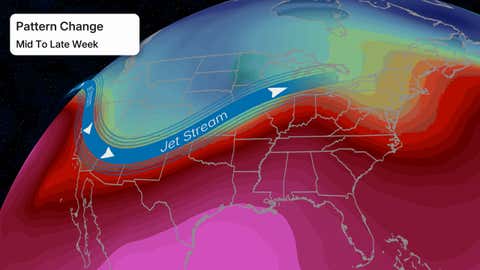What to Do When a Tornado Warning Strikes: Essential Safety Tips and Updates
Staying safe during a tornado warning can be a matter of life or death. As tornado season ramps up in the Midwest and Plains, knowing what a tornado warning means—and how to respond—matters more than ever. This guide explains the key steps to take, provides practical tornado safety tips, and shares where to find reliable, real-time information when severe weather strikes.

What Is a Tornado Warning?
A tornado warning is issued by the National Weather Service when a tornado has been sighted or indicated by weather radar. This warning means danger is imminent. Everyone in the alerted area should seek shelter immediately. Don’t confuse a tornado warning with a tornado watch. A watch signals that tornadoes are possible, while a warning means a tornado is occurring or about to happen.
How Tornado Warnings Are Issued
Meteorologists use Doppler radar, weather spotters, and reports from the public to determine when to issue a tornado warning. Sometimes the signature "hook echo" on radar signals dangerous rotation in a storm. Local weather stations and apps quickly share these warnings, ensuring people have time—even if just a few minutes—to get to safety.
For example, during recent severe storms in Minnesota, spotters confirmed tornado activity and prompted swift tornado warnings for communities in the path. Live updates from MPR News detailed how alerts moved across the Minneapolis and St. Paul areas, and how rotation on radar prompted immediate warnings.
Safety Steps to Take When a Tornado Warning Hits
- Seek Shelter NOW: Move to a small, windowless interior room, basement, or storm cellar. If you do not have a basement, get to the lowest floor possible.
- Protect Your Head: Use a helmet, heavy blankets, or even a mattress for extra protection.
- Stay Away from Windows: Flying debris causes most tornado-related injuries.
- Avoid Vehicles and Mobile Homes: These structures are not safe during a tornado warning. If you’re outside, try to get to a sturdy building immediately.
- Monitor Reliable Sources: Use your phone or a NOAA weather radio to stay updated.
For more safety advice and a deeper forecast breakdown, The Weather Channel offers comprehensive severe weather outlooks, maps, and tornado safety resources.
Recent Severe Weather Patterns in the Midwest
The spring of 2025 has seen a return of multiday outbreaks across the Midwest and Plains. Major cities such as Chicago, Milwaukee, and Minneapolis faced a series of tornado watches and severe thunderstorm risks. According to Fox Weather, tens of millions have been placed under warnings as supercell storms capable of hurricane-force winds, large hail, and strong tornadoes tracked across state lines.
Storm chasers and meteorologists have reported rotating wall clouds and, in some cases, confirmed tornado touchdowns. Thanks to rapid communication and updated technology, warnings reached affected communities in time for many to take cover.
Where to Get Reliable Updates During a Tornado Warning
- NOAA Weather Radio: Battery-powered radios deliver official warnings even if the power goes out.
- Local News Apps: Many provide push notifications for tornado warnings and thunderstorm alerts.
- Trusted Websites: Check weather.com, MPR News, or Fox Weather for real-time updates and safety resources.
Final Thoughts: Stay Alert and Always Be Prepared
When a tornado warning is issued, seconds matter. Don’t wait for another confirmation or to see the tornado. Take shelter immediately and stay updated with trusted sources. Preparedness and awareness keep families and communities safe. For more severe weather forecasts and tips, continue following reliable outlets closely—especially during peak tornado season.